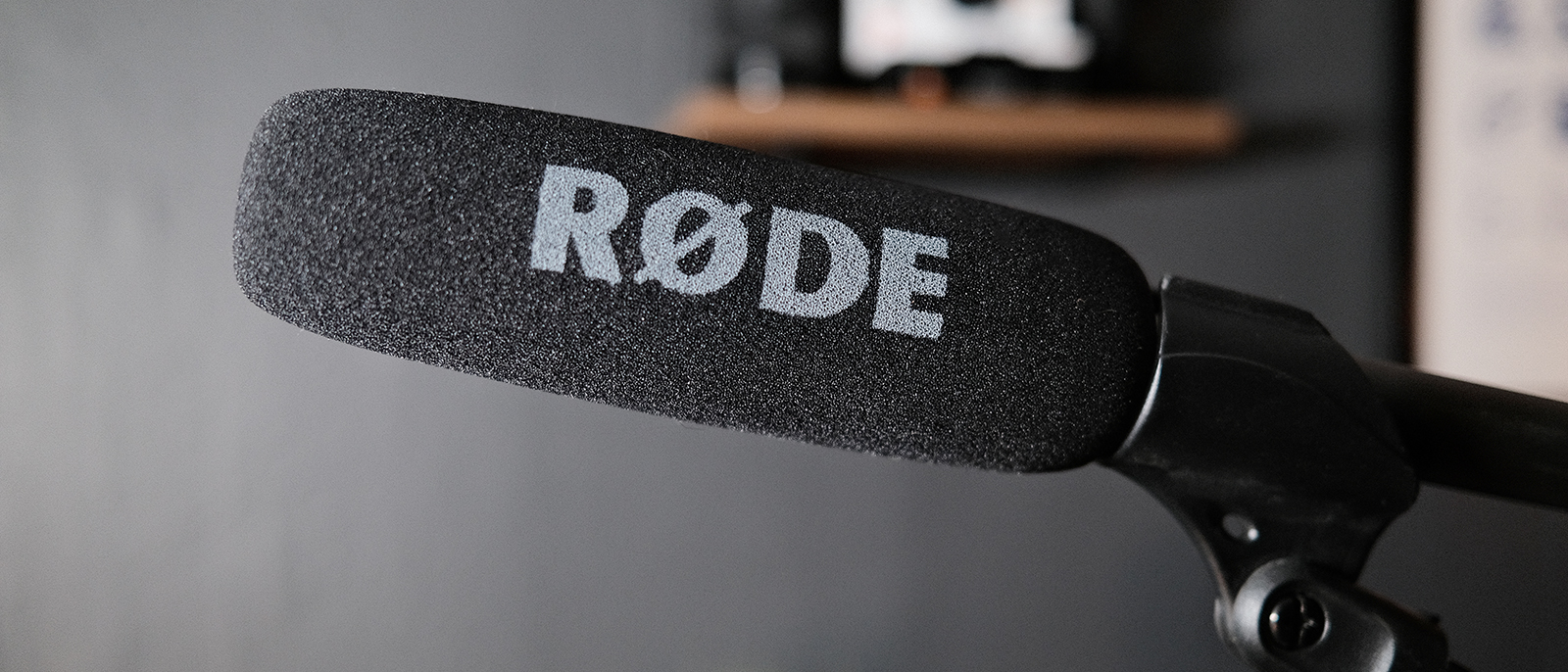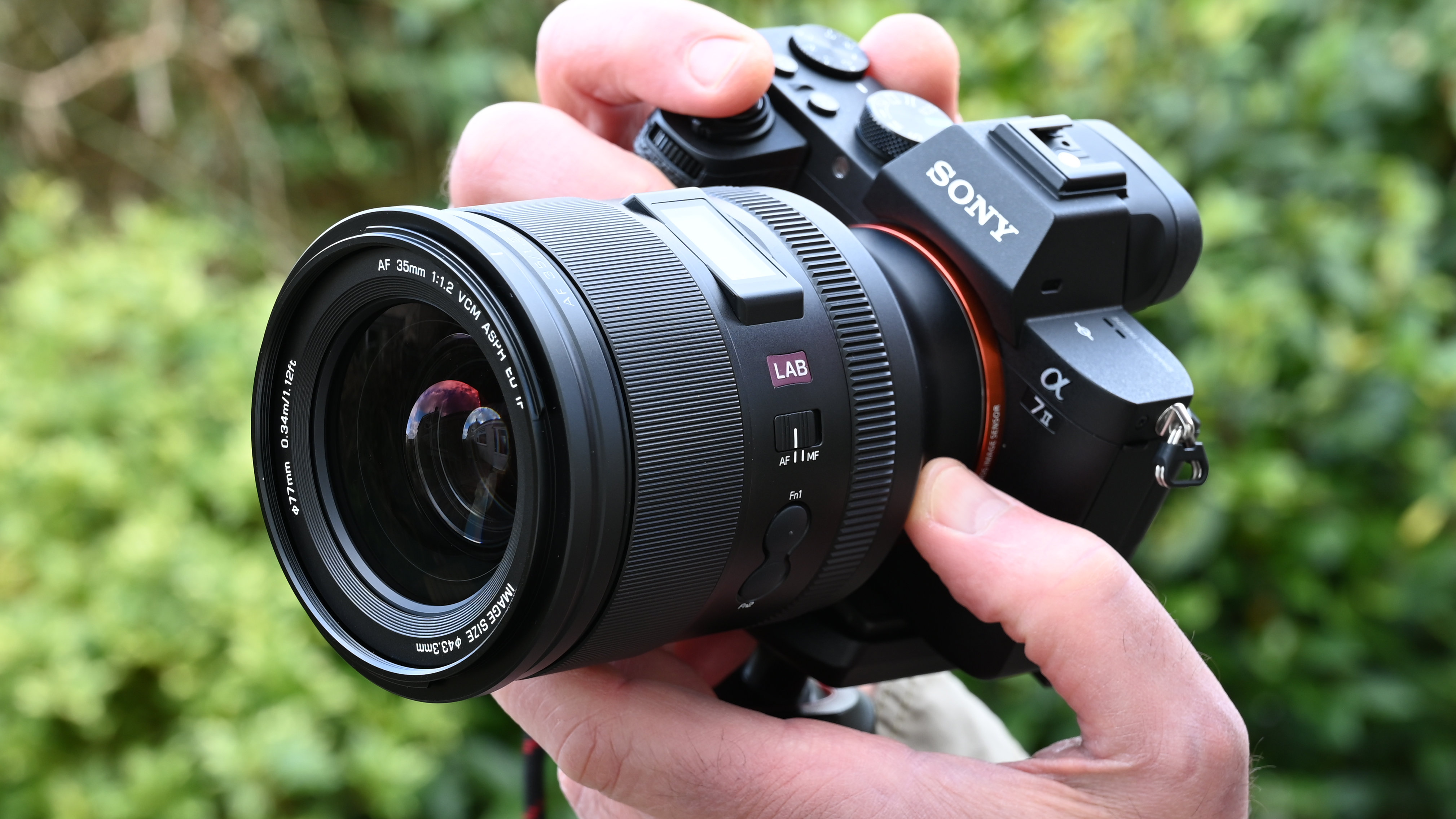Digital Camera World Verdict
A solidly built shotgun mic, with some truly useful features but let down a little by the way it captures audio. It’s a good mic but I wish it had a lower signal to noise ratio and a more transparent output.
Pros
- +
Excellent build quality
- +
Battery or phantom power
- +
Wide frequency response
- +
Easy to use
Cons
- -
Noise can be an issue
- -
Battery power not switchable
Why you can trust Digital Camera World
If you are a filmmaker or videographer, you will understand that your audio is equally (if not more) important than the images you capture. A lacklustre image with good audio can still be enjoyable but reverse that and the same can’t be said. Which means the internal microphones on most cameras will limit your ability to produce good results and this is why so many cameras have mic inputs, from simple 3.5mm to XLR with phantom power.
Rode has a long history of producing excellent audio gear for filmmakers, including some hugely popular mics, like the NTG range and videomics of various flavours. If you are looking to increase production value then a shotgun mic is a good place to start, as it moves the mic out of frame while allowing you direct what audio is recorded thanks to a narrow pickup field.
The NTG2 has been around for a while but is it a good choice for the filmmaker?
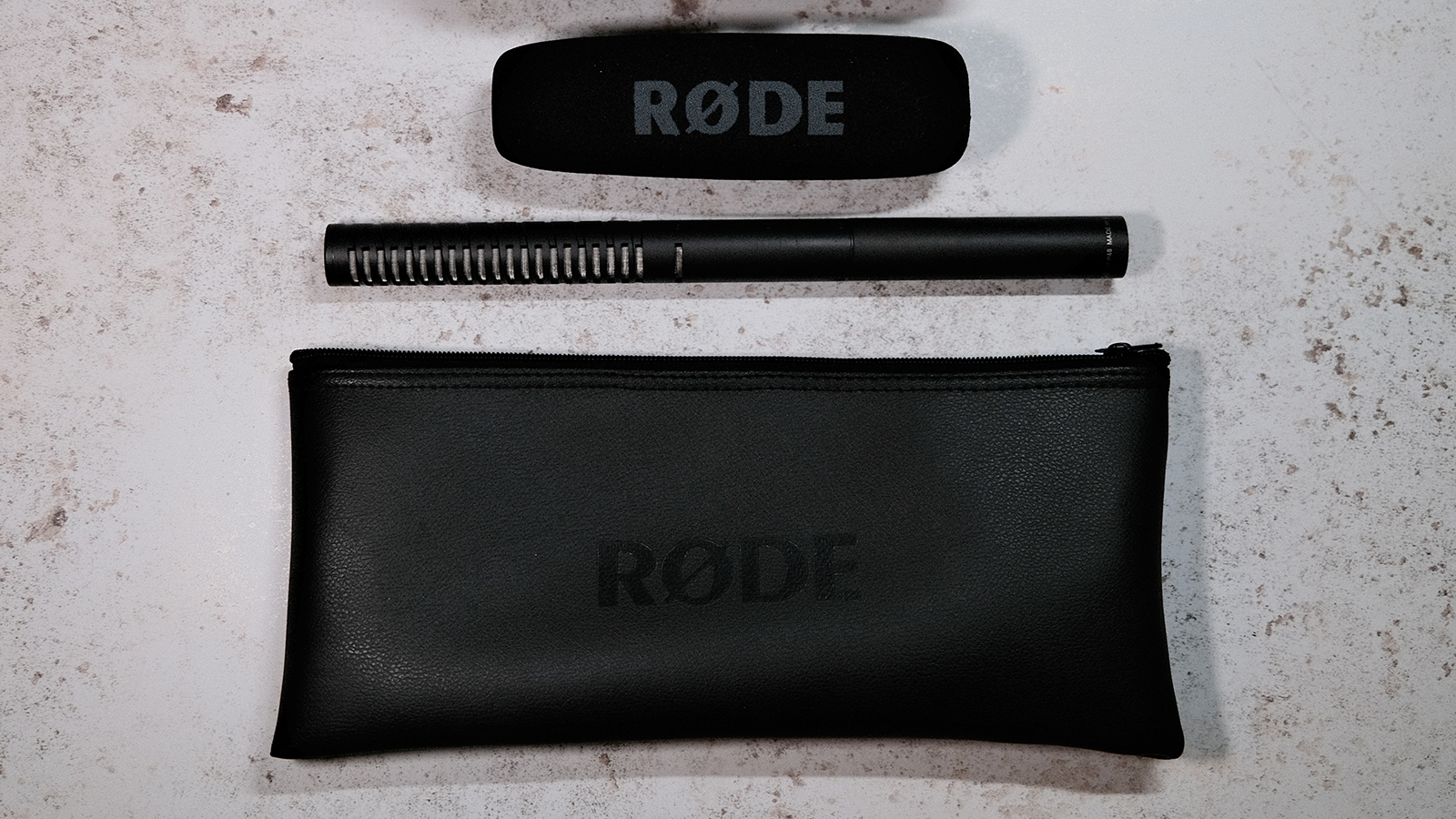
Rode NTG2: Specifications
| Polar Pattern | Supercardioid |
| Frequency Range | 20Hz - 20kHz |
| Output Impedance | 250Ω |
| Maximum SPL | 131dB SPL |
| Sensitivity | -36.0dB re 1 Volt/Pascal (15.00mV @ 94 dB SPL) +/- 2 dB @ 1kHz |
| Power Requirements | AA Battery and P48 |
| Output Connection | XLR |
| Weight | 161 g |
| Dimensions | 280 (H) x 22 (W) x 22 (D) |
Rode NTG2: Price
An investment of £219 isn’t bad for a good quality mic. Other brands have comparable offerings though, so a little shopping around might be wise.
Rode NTG2: Design & Handling
Rode products tend to be well made and the NTG2 is no different. It has sturdy metal housing, with a good XLR connection on the rear and a metal grille covering the front. A switch on the body activates an 80Hz high pass filter, for reducing rumble.
One really nice feature is that the NTG2 can not only be powered by phantom power but by a single AA battery. Unscrew the lower half of the mic casing to access the battery compartment. This is a really good option to have but is let down by the lack of a power switch, making it far too easy to forget and end up with a drained battery.
The mic ships in a nice soft padded case, along with a foam pop filter/wind shield which does a pretty good job. I would recommend a dead cat for windier outdoors shooting as the foam one doesn’t quite cut it for that kind of situation. There’s a mic clip in there too which has a thread adapter for different stands.
All in all an excellent build, which will last for years of daily use.
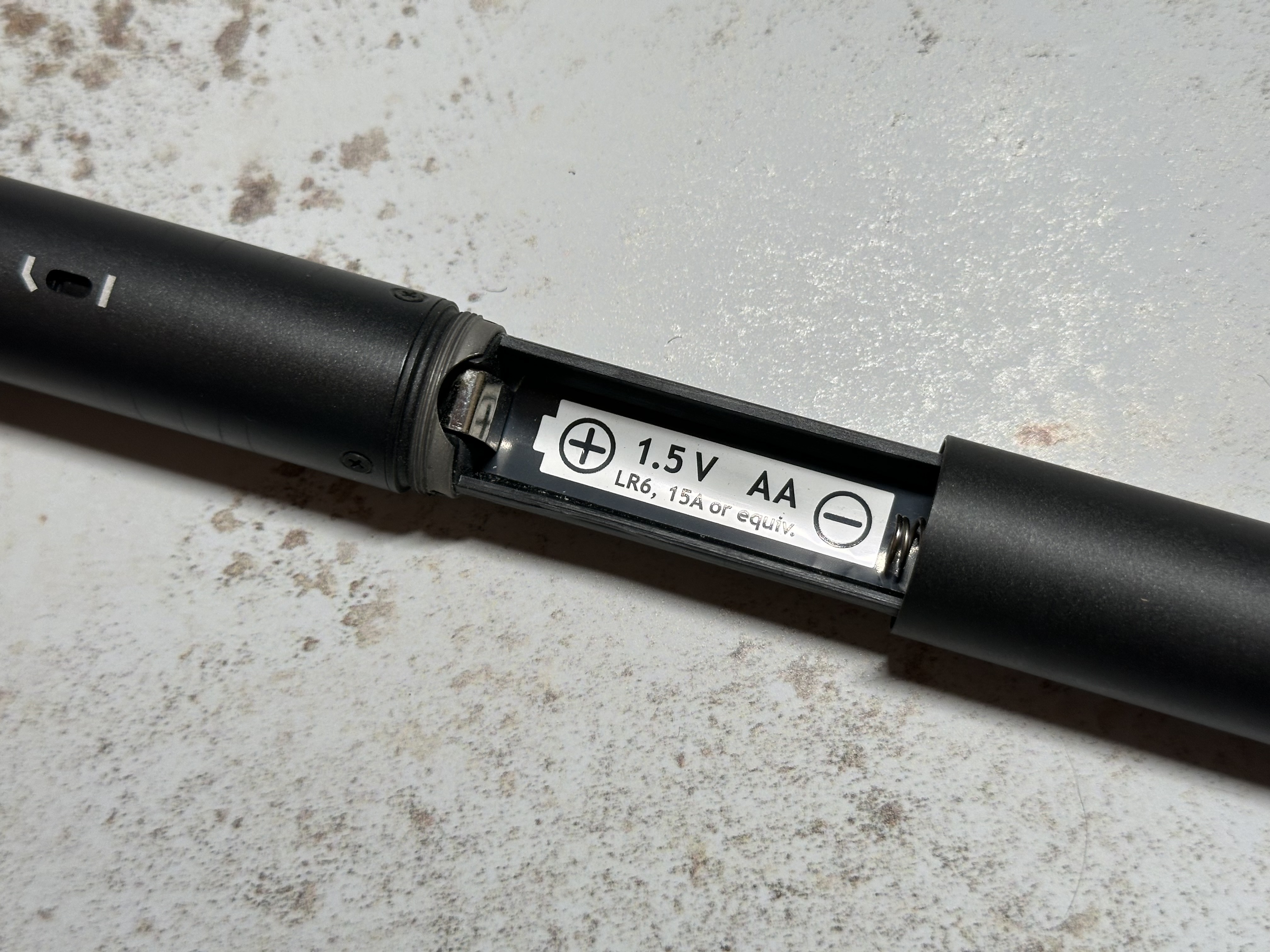
Rode NTG2: Performance
Being a shotgun mic, it is long and thin and needs support of some kind. A mic stand would do the job for an interior shoot but oftentimes a stand would get in the way so an operator with a boom pole, or a c stand with a mic grip on the end may be better. The NTG2 also works well on camera using a lyre. I prefer not to have my mics too close to the camera, in case they pick up noises from motors or operator movements but the pickup pattern here is narrow, so that is less of a concern.
The NTG has a frequency range of 20Hz - 20KHz covering everything you’d need from a shotgun mic. The high pass filter is useful to have and works well.
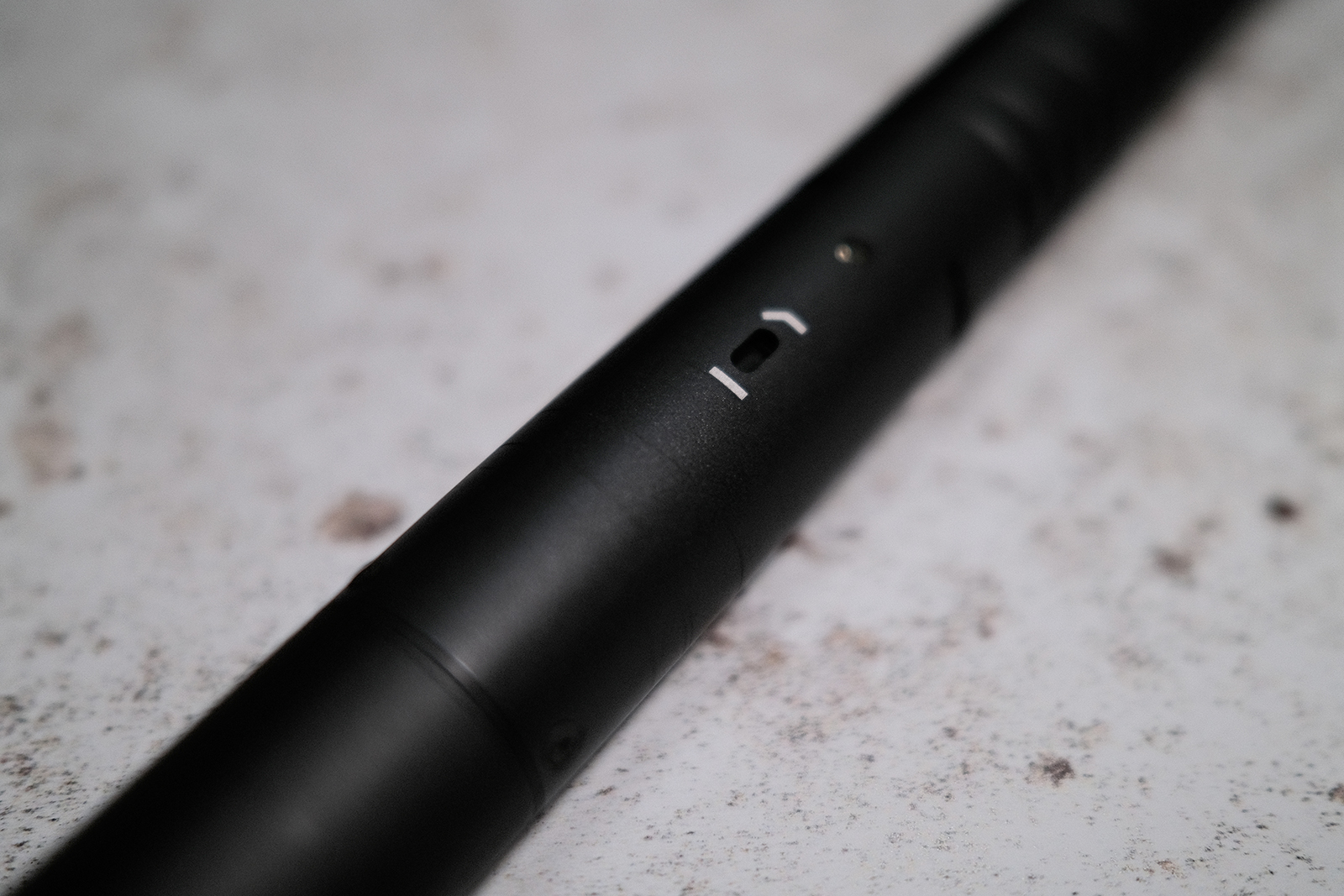
Audio quality is so key to filmmaking that if you are going to invest in kit you need it to be good enough and this is where I have mixed feelings about the NTG2. The signal to noise ratio leaves a lot to be desired at 18dBA. This would be acceptable if the output of the mic was a touch higher, as the signal could be cleaned up easily but the volume you get here is really too low. Yes, you can lift it with gain but that increases the noise too. The other option is to get the mic nearer to the source of the audio but isn’t always possible.
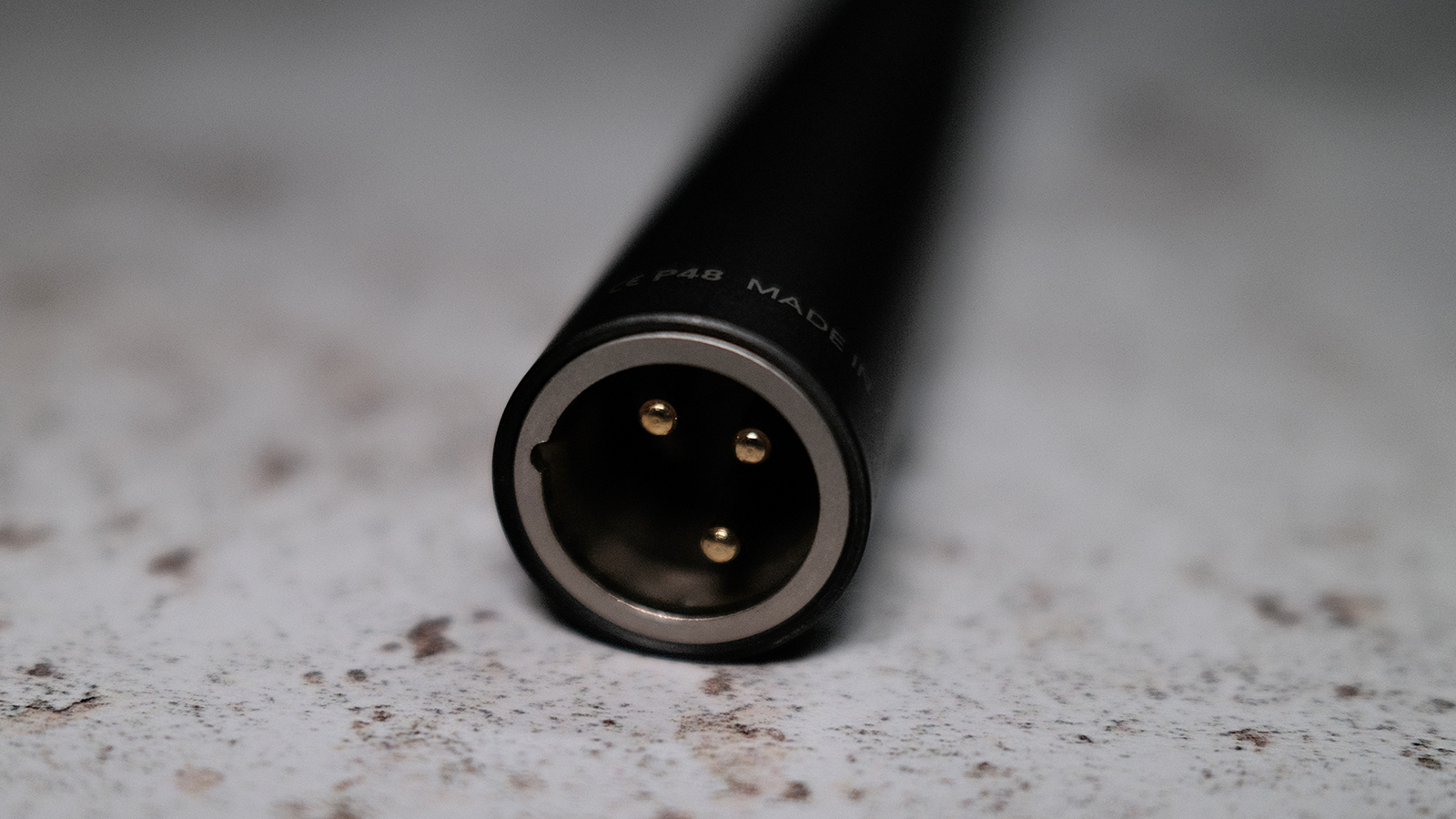
On the other hand the audio is crisp and clear. Perhaps a little too treble heavy but that is a matter of taste. It wouldn’t be the mic of choice for recording an audiobook or podcast but for recording dialogue on set it’s pretty good. While the frequency range is broad it’s how a mic responds to it that matters and it’s clear the bass and mids aren’t as present as the high end. Having used other mics in the range I’d say the NTG3 is a better option all round but it is double the price.
That may all sound a touch negative but I do think the NTG2 is worthy of consideration. It’s capable of good results. It just needs a little love in post to make it really shine, which can be said of many mics out there.
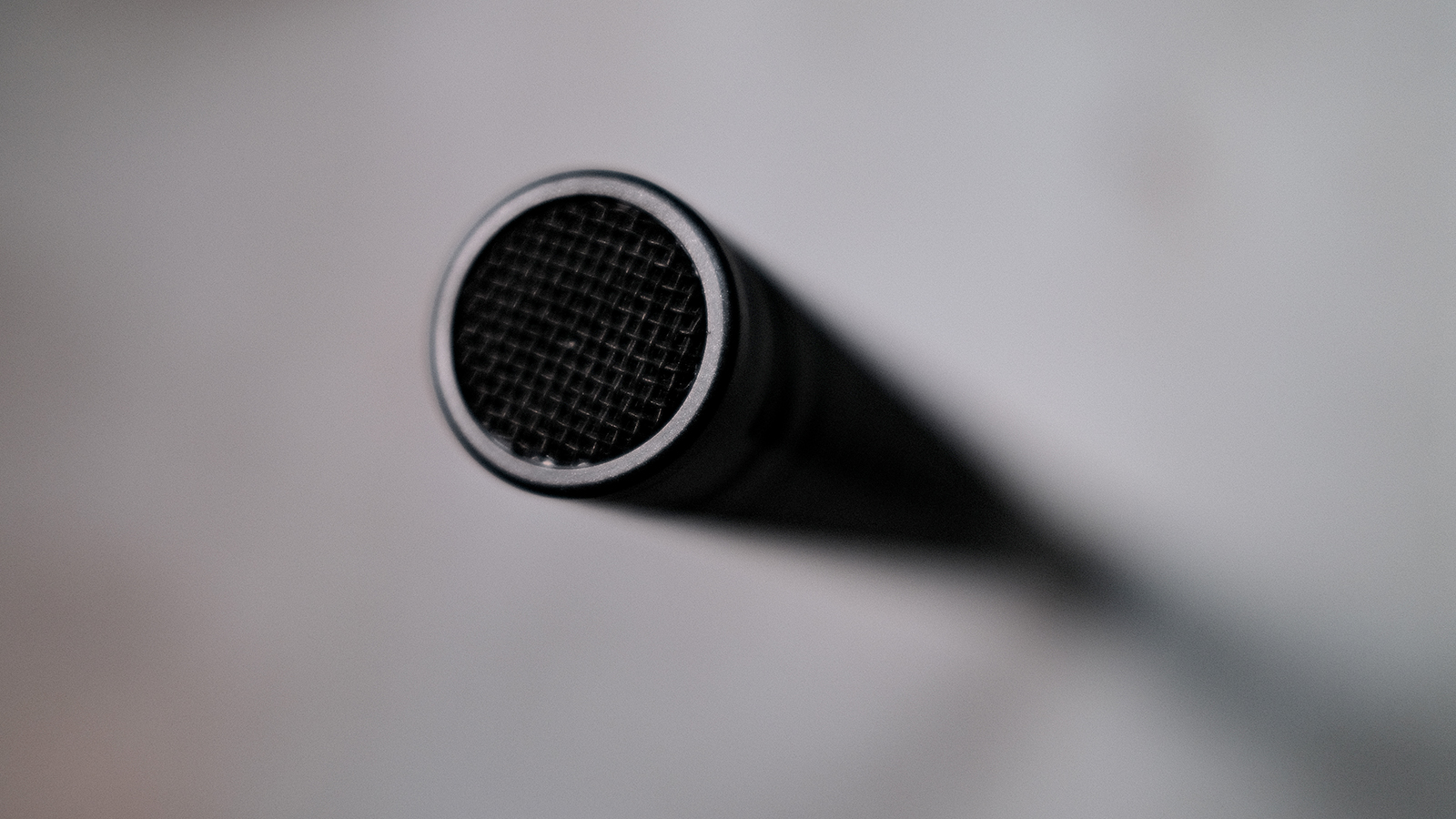
Rode NTG2: Verdict
Rode’s NTG2 is a good mic, producing some nice audio but it is a little flawed. The noise levels and frequency balance need to be factored into your workflow but then it has the option of battery power which is great. The solid build and a long life span save the day and I would still recommend adding it to your shortlist, if you are searching for a good quality but budget friendly mic.
| Features | A good feature set is on offer here giving this mic a little extra. | ★★★★☆ |
| Design | The NTG2’s build is excellent and the design is good too. It’s easy to use, feels good and mounts easily. | ★★★★★ |
| Performance | While lacking in areas like signal to noise and balance, the clarity is good and having a high pass filter is nice. | ★★★☆☆ |
| Value | At this price point you don’t get everything, however it is a good quality mic that will last years. | ★★★★☆ |
✅ Buy it...
- You need a shotgun mic that won’t cost the earth
- The option to power with a battery helps you
🚫 Don't buy it...
- You need the best balance between bass, middle and treble
- You aren’t comfortable dealing with noise in post.
Alternatives
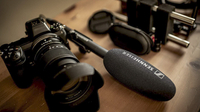
Sennheiser’s MKE 600 is a great shotgun mic, although it is a little more expensive than the Rode.
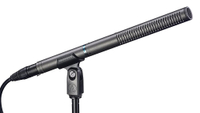
The AT897 by Audio-Techinica is a similarly priced mic, that also has battery power as an option.

Rob is Editor of 3D World and ImagineFX magazines and also works as creative director for his own studio, Pariah Studios, producing 3D animations and VFX for a variety of clients. When not at his desk, he can usually be found painting miniatures.
